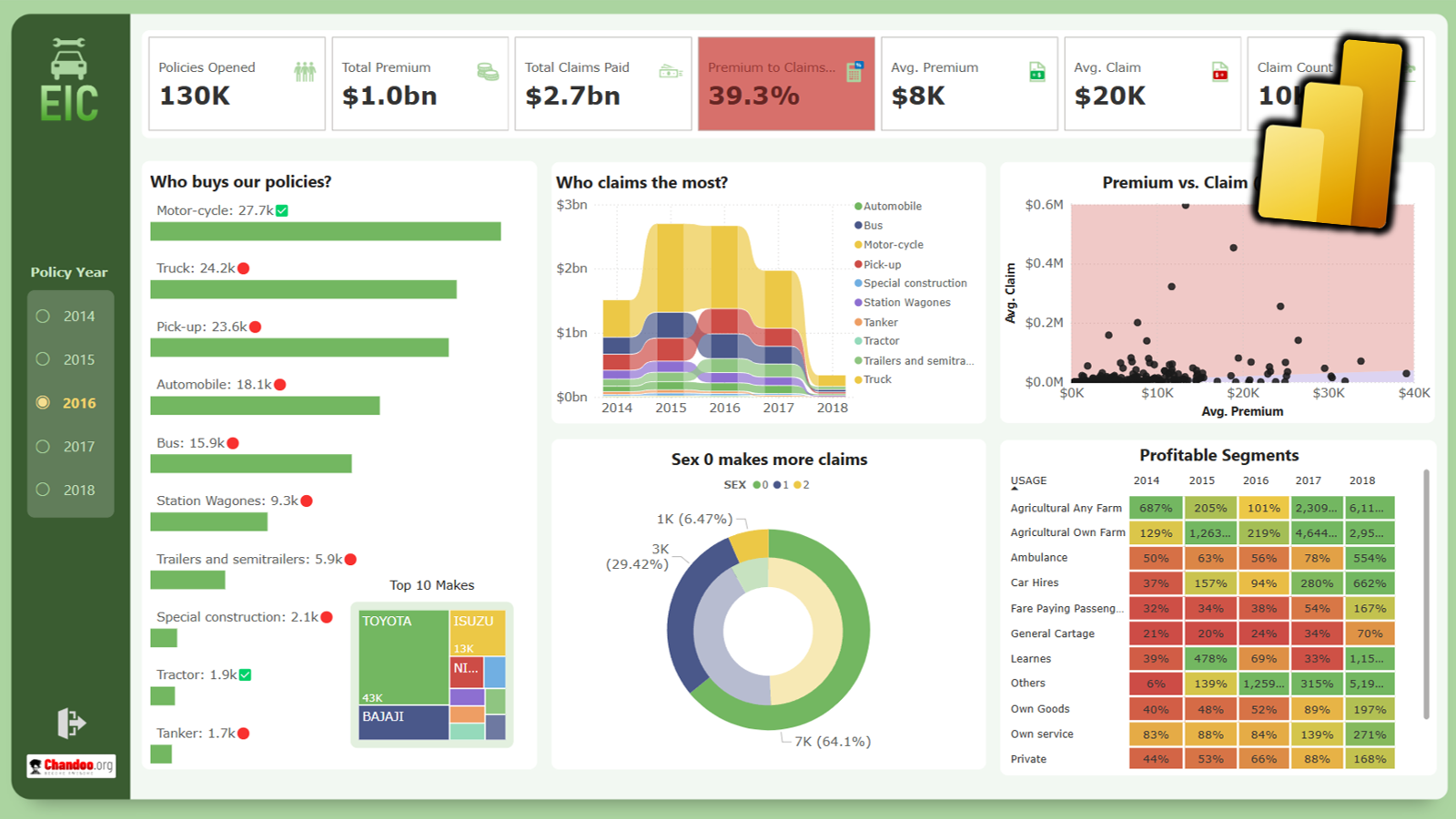In the 28th session of Chandoo.org podcast, let’s figure out how to express business rules & logic to Excel.

What is in this session?
What good are spreadsheets if they can’t solve business problems?
But we all struggle when it comes to modeling real world business conditions in Excel. For example, if you have below business rule to decide how much discount to offer a customer,
- If the customer bought 3 or more times previously and offer 15% discount
- If the customer bought 1 or 2 times previously AND customer’s age is >40, offer 10% discount
- If the customer visited our New York store between 6PM-9PM offer 5% discount
- Else no discount
How would you go about modeling these in Excel?
That is our topic for this podcast session.
In this podcast, you will learn
- The challenge of modeling business logic & rules in Excel
- My struggles with such formulas in early days
- 4 features of Excel that can help you with this.
- 1. Logical formulas
- AND
- OR
- NOT
- XOR
- 2. Support formulas
- IF
- IFERROR
- CHOOSE
- 3. Information formulas
- IS functions
- 4. Operators
- Brackets
- +*- operators
- Example business rules & how to write formulas for them
- Conclusions
Listen to this session
Podcast: Play in new window | Download
Subscribe: Apple Podcasts | Spotify | RSS
Click here to download the MP3 file.
Links & Resources mentioned in this podcast
Logical formulas – Syntax & Examples:
Support functions & concepts:
Advanced business rules & scenarios:
Homework for you:
- Write a formula to check if 2 dates are in same month
- Write a formula to check if few cells have same value
- An IF formula challenge for you
- Can you calculate sales commission?
Transcript of this session:
Download this podcast transcript [PDF].
What challenges do you face when modeling business rules / logic?
When I was learning Excel, I struggled a few years understanding the concept of logical functions. Of course I was in college, so I had all the time in world to explore and learn.
What about you? Do you write formulas that model real world logic? Where do you struggle? Please share your thoughts & inputs in comments section so that I can help you better.
IF(AND(like chandoo.org, love podcast),
If you like chandoo.org & our podcast, please take a minute and do one or both of below:
- Leave a honest review on iTunes
- Share our podcast link with a colleague or friend – Send them here: chandoo.org/podcast





















6 Responses to “Nest Egg Calculator using Power BI”
Wow! What a Powerful article!
Hello Chandoo Sir
your file does not work with Excel 2016.
how can I try my hands on this powerful nest egg file ?
thanks
Ravi Santwani
@Ravi... this is a Power BI workbook. You need Power BI Desktop to view it. See the below tutorial to understand what Power BI is:
https://chandoo.org/wp/introduction-to-power-bi/
As always, superb article Chandoo... 🙂
Just one minor issue:
While following your steps and replicating this calculator in PowerBI, I found that the Growth Pct Parameters should be set as "Decimal number" not "Whole Number"
OR
we have to make corresponding adjustments in the Forecast formulas (i.e. divide by 100) to get accurate results.
You are right. I used whole number but modified the auto created harvester measure with /100 at end. Sorry I did not mention it in the tutorial.
Instead of
[Growth Pct 1 Value]/12
the monthly rate has to be
(1+[Growth Pct 1 Value])^(1/12)-1
It's a slight difference but in 30 years the future value will be $100k less.